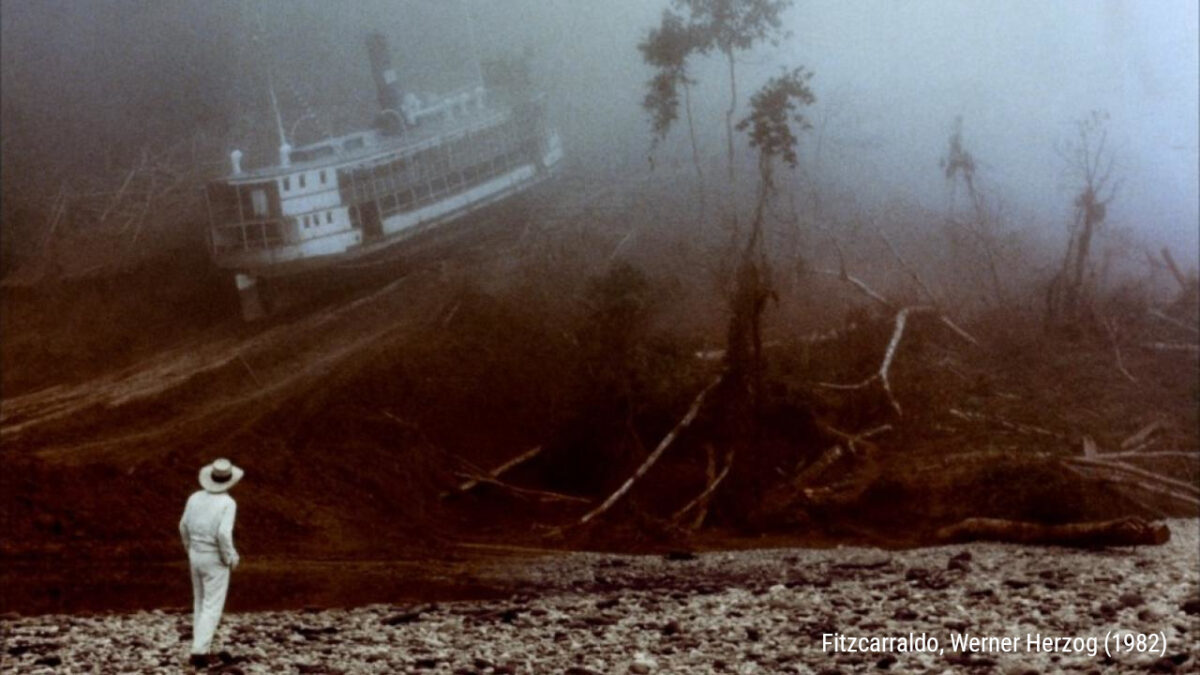An audiovisual production involves the work of many professionals: directors, chiefs, assistants, technicians, models/actors, costume designers, makeup artists, set designers, catering staff… The list of roles involved can be enormous. This work consists of several stages, but the least known and most essential phase is pre-production, which, according to some studies, accounts for up to 70% of the success of the final outcome. This stage covers everything from the initial idea to the start of filming or the production phase.
In pre-production, every detail must be meticulously planned and anticipated. To achieve this, all aspects and production-related needs must be considered: the type of project to be undertaken, its duration, its target audience, and the resources available to realistically bring it to fruition.
In this article, we will briefly outline some of the essential aspects of pre-production, enriched with interesting facts and iconic examples from cinema.
Script Development: The Heart of the Project
The script is the core of any audiovisual project. During pre-production, the script’s requirements are broken down through multiple revisions and adjustments. Alfred Hitchcock once said, “The script is everything for a good plot.” Over his 55 films, more than twenty screenwriters contributed scripts, including his wife Alma Reville. Hitchcock himself only wrote a few scripts early in his career.
Hitchcock’s concept of the film script has little to do with the theories taught in most scriptwriting courses today. Hitchcock would plan as he wrote, or rather, he wrote with shots in mind. This approach stemmed from his early days in silent cinema, where thinking visually was imperative. It’s no coincidence that many of the best directors of classical cinema emerged during a time when visual thinking was mandatory.
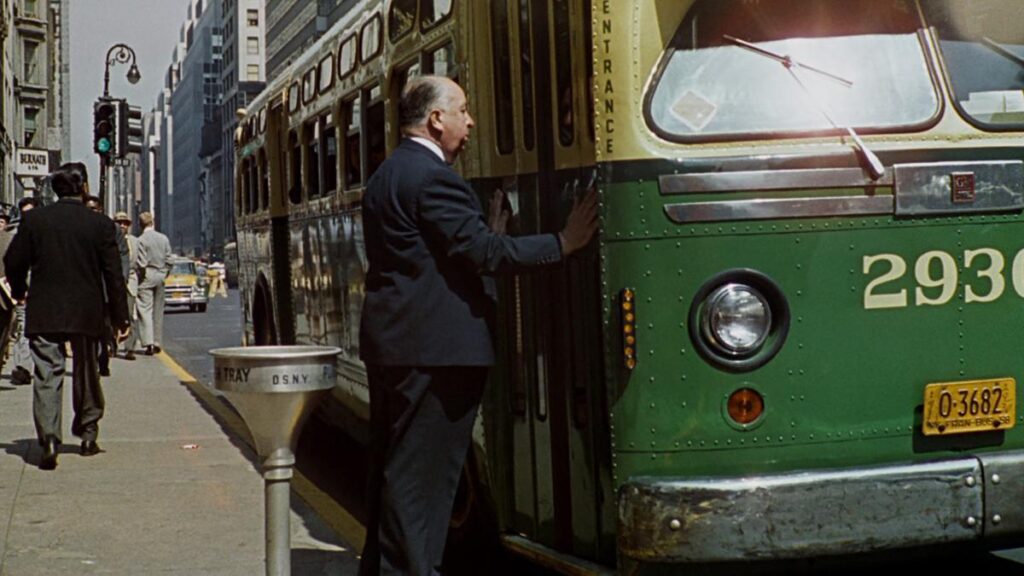
Budget Planning: The Art of Balance
Creating a detailed budget is a blend of art and science, where experience plays a crucial role. Careful planning of every expense, from equipment rentals to location permits, enables production to stay within financial limits without sacrificing quality.
Did you know that “Mad Max: Fury Road” managed to keep a relatively low budget thanks to the use of practical effects, also known as SFX? These are all the mechanical effects done before and during the live shooting of the film, rather than the more common CGI or VFX, which stands for Computer-Generated Imagery.
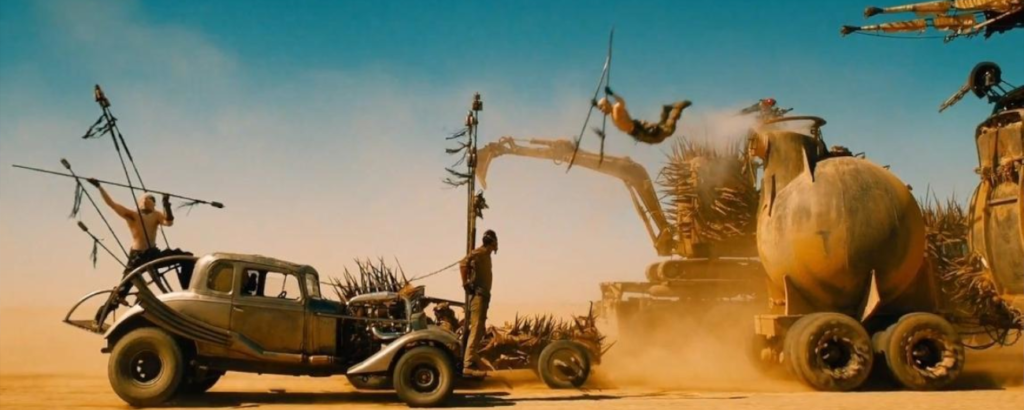
The Casting: The search for on-camera talent
The search for models or actors is a crucial step. It’s essential to consider various options that fit the requirements and evaluate candidates to find the most suitable talent for the project at hand.
In “The Godfather,” Al Pacino had to audition multiple times before securing the role because, although director Francis Ford Coppola was convinced he was perfect for the part of Michael Corleone, Paramount Pictures’ producer was hesitant to take a chance on a relatively unknown actor. There was a genuine clash of talents to ensure Pacino ultimately got the lead role, and it marked the actor’s launch into stardom.
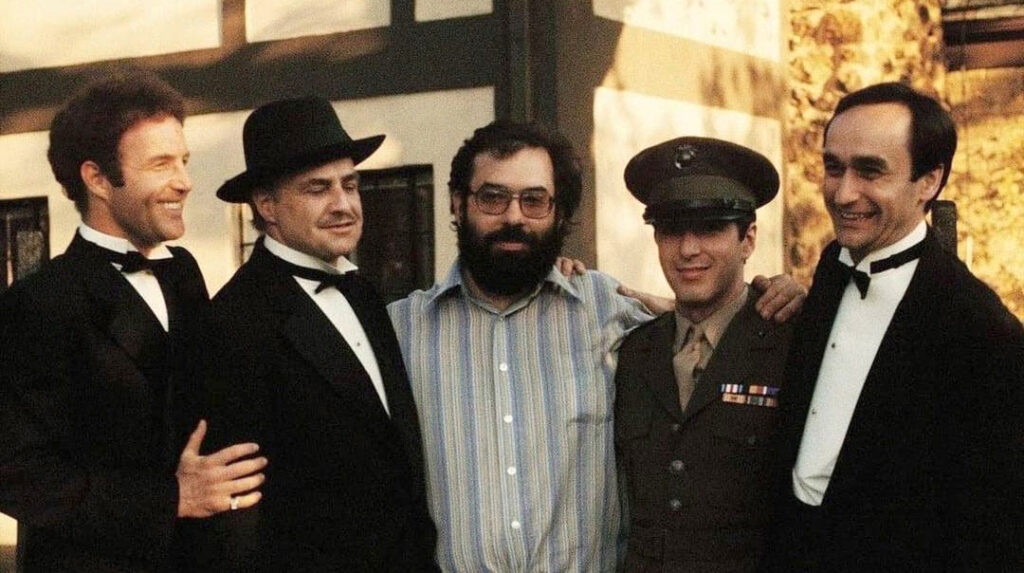
Scouting and Production Design: Creating Worlds
Locations are not just backgrounds; they are physical spaces where scenes are filmed and can become characters in their own right. They can reflect characters’ emotions, transport you to a specific era, or evolve and change, becoming a narrative element. An apparently ordinary place can be transformed into a magical world within an audiovisual production. Let’s remember how New York City in “Taxi Driver,” with its dark and realistic portrayal of the 1970s, became a protagonist in the film.
Pre-production involves finding these iconic locations and creating a production design that resonates with the artistic vision. Costumes, set design, and ambiance are meticulously planned to ensure visual and thematic coherence.
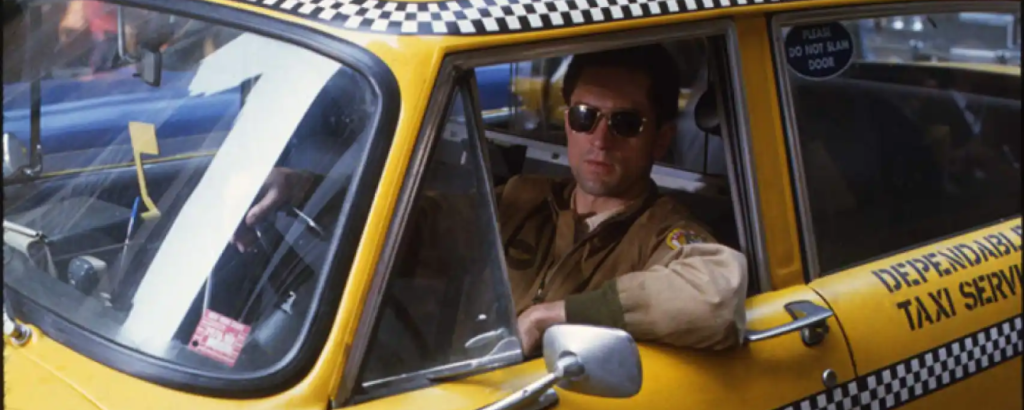
Storyboard: Shaping the Vision
The storyboard provides the initial visual experience of the production. It’s the tool that aids in planning each shot before filming begins. Each frame, whether drawn, photographed, or digitally designed, allows teams to focus on specific objectives, discuss potential scenarios, and anticipate challenges. It’s a framework that organizes both visual and conceptual elements, helping different teams to prepare each shot in a coordinated manner in advance.
George Lucas used extensive storyboards to plan the complex space sequences in “Star Wars.” This not only helped visualize the narrative but also facilitated communication between the director and the technical team. In 2014, these drawings were compiled into a book showcasing the original trilogy titled “Star Wars – Storyboards,” demonstrating the impressive use of imagination.
Technical Preparation: Rehearsing Magic
Technical preparation is where the magic begins to take tangible shape. Cameras, lighting equipment, and sound are tested to ensure everything works perfectly. A contingency plan is established to address any technical failures, ensuring that the production continues uninterrupted.
Stanley Kubrick’s capacity to unsettle producers, technical staff, and artists was reflected in the anguish they felt during the creative process of his films, as he personally supervised every aspect of sets and lighting. He was renowned for his exhaustive camera and lighting tests, ensuring that every shot in his films was visually impeccable.
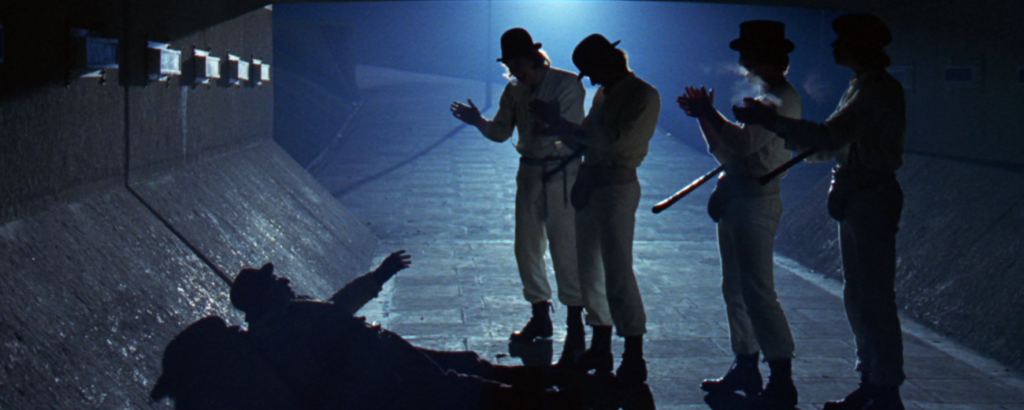
Conclusion
Without a doubt, pre-production is key in any audiovisual project. With detailed planning and meticulous execution, it ensures that every aspect of the project is carried out with the precision demanded by its creativity. This approach not only facilitates smooth production but also allows the creative vision to shine through in the final product, capturing the essence of what the team envisioned from the outset. By investing in solid and thorough pre-production, the groundwork is laid for a successful audiovisual production.

